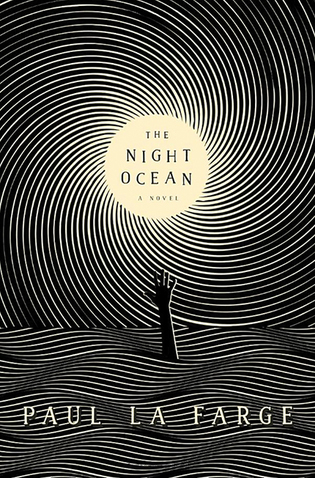 loading
loading
Arts & CultureSummer reading: novelsFiction by Joseph Finder ’80, Julia Glass ’78, and Paul La Farge ’92.  View full imageThe Night Ocean Debra Spark ’84 is a professor at Colby College. Her most recent novel is Unknown Caller. Horror fiction is not my cup of tea. So, on learning that Paul La Farge’s The Night Ocean concerned H. P. Lovecraft, I wasn’t particularly eager to drink. Which was my first wrong-headed thought about the novel. The others were all of La Farge’s devising, and entirely pleasurable—misperception being central to a narrative that begins with Marina Willett, a measured Brooklyn-based psychiatrist, saying a rather strange thing: her husband, Charlie, has committed suicide, only she doesn’t believe he is really gone. She suspects he’s faked his own death to escape public humiliation in the wake of his research into Lovecraft. Charlie’s obsession has taken him, as the novel takes us, deep into a story of hoaxes, fandom, and celebrity, featuring secret diaries, forbidden sexual yearnings, and embedded narratives. Along the way there are cameo appearances by Isaac Asimov (pre-fame), William Burroughs (well into his life of addiction), and Ursula K. Le Guin (as a charmingly smart little girl), among other real-life notables. Charlie develops a hypothesis about a story known to Lovecraft’s devotees and concerning the relationship between Lovecraft and Robert Barlow, Lovecraft’s eventual literary executor, who was 16 when he met the adult Lovecraft. Marina tells the story of what happened after Charlie wrote up and published his findings, and this story, plus the present-day search for her husband, frames a novel with multiple narrative lines, many of which function as extended biographies of Lovecraft, Barlow, and others. La Farge’s seemingly encyclopedic knowledge extends past the details of his characters’ intricate (and often shocking) lives to the tenor of their times. Racism and anti-Semitism come to play their part, with the whole morphing, in the end, into a horror story of the all-too-historically accurate sort, concerning hate, survival, and the slipperiness of identity. The cleverness of how La Farge layers a fictional story onto a true one will be an added enticement for those in the know. For the rest of us, La Farge’s book is a page-turner with all the satisfactions of fiction—multiple consciousnesses fully imagined and open to the reader, individual scenes lavishly developed with impressive detail. A final meta-narrative is the one that found me closing La Farge’s book and opening my laptop to learn more about Lovecraft and his circle, about the “real” story to which only a novel could have sent me.
|
|